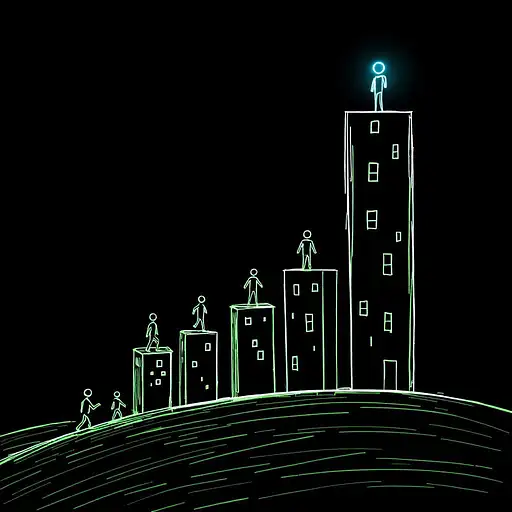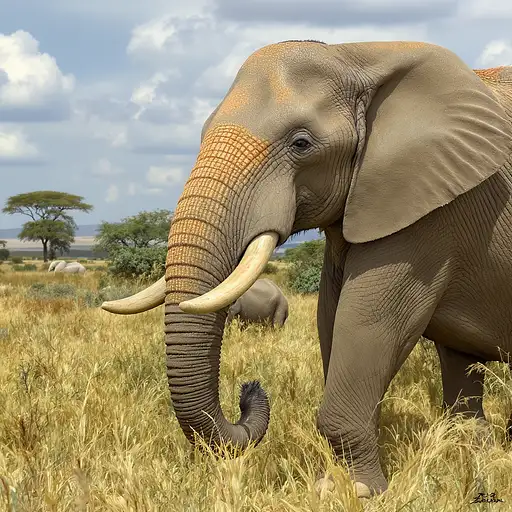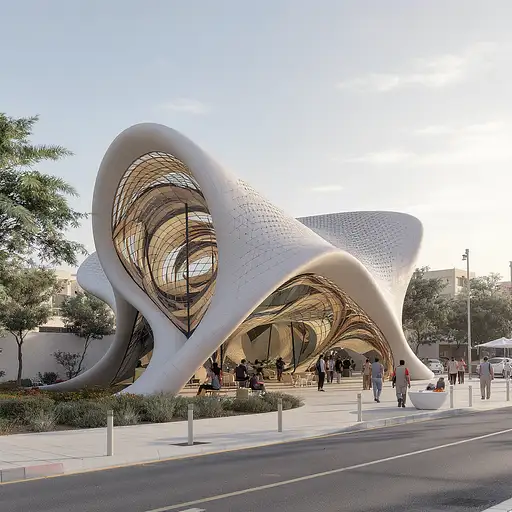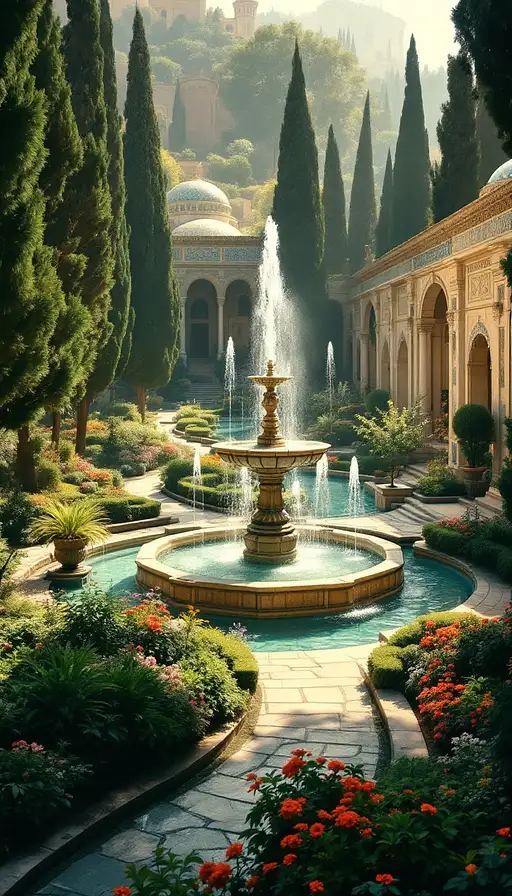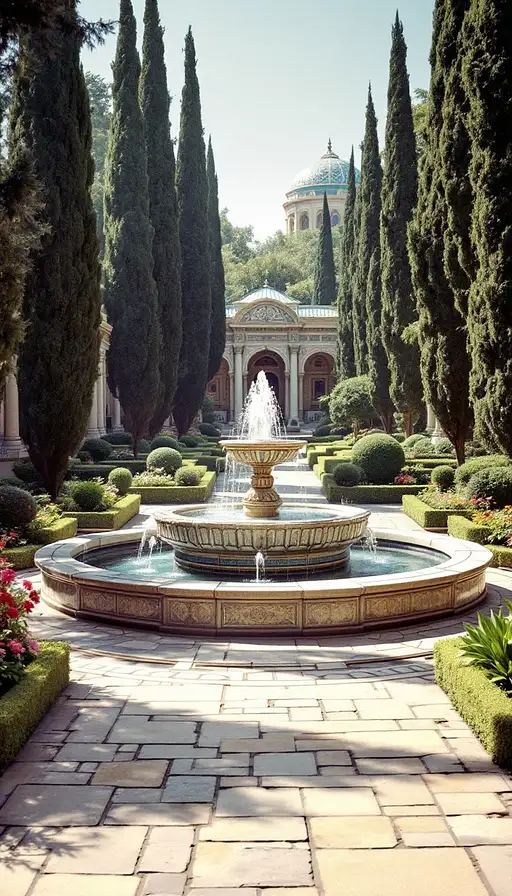
7 months ago
*"Create a modern, bold, and professional logo for the brand "Zeflex", which represents an innovative and automated e-commerce bot. The design should be: Style & Concept: Minimalist & Futuristic – A clean, sleek look that feels high-tech and scalable. Strong & Bold Typography – Use a modern sans-serif font with a slight tech feel. Custom Lettering (Optional) – A unique touch on the letter “Z” to make the brand stand out. Symbol/Icon Integration: A stylized “Z” with a smooth, flexible motion effect. A shopping cart with digital waves (symbolizing automation in e-commerce). A hexagonal shape (representing structure, efficiency, and trust). Color Palette: Primary Color: Deep blue or teal (symbolizing trust, technology, and commerce). Secondary Color: Black or dark gray (for a premium, sleek look). Accent Color (Optional): Neon cyan or gradient effects for a high-tech touch. Additional Elements: Subtle Glow or Gradient Effects for a futuristic look. Abstract Digital Elements like small geometric patterns or motion streaks. Scalable Design: Should work on websites, apps, and social media. Generate the logo in high resolution, ensuring a professional and brandable design.*

